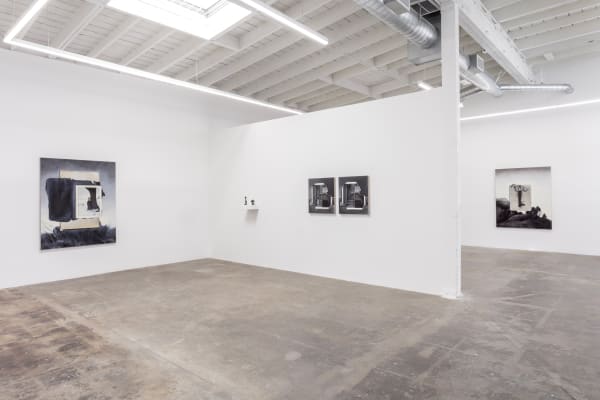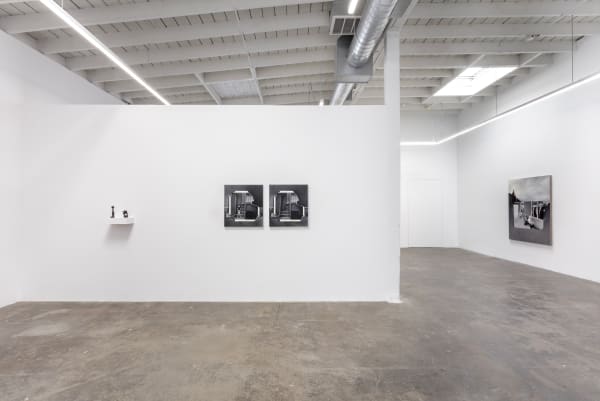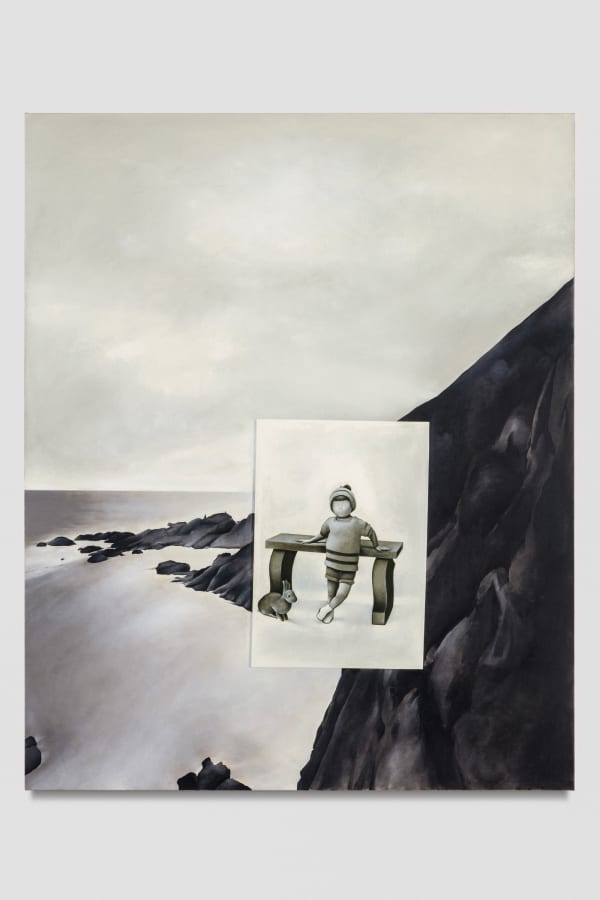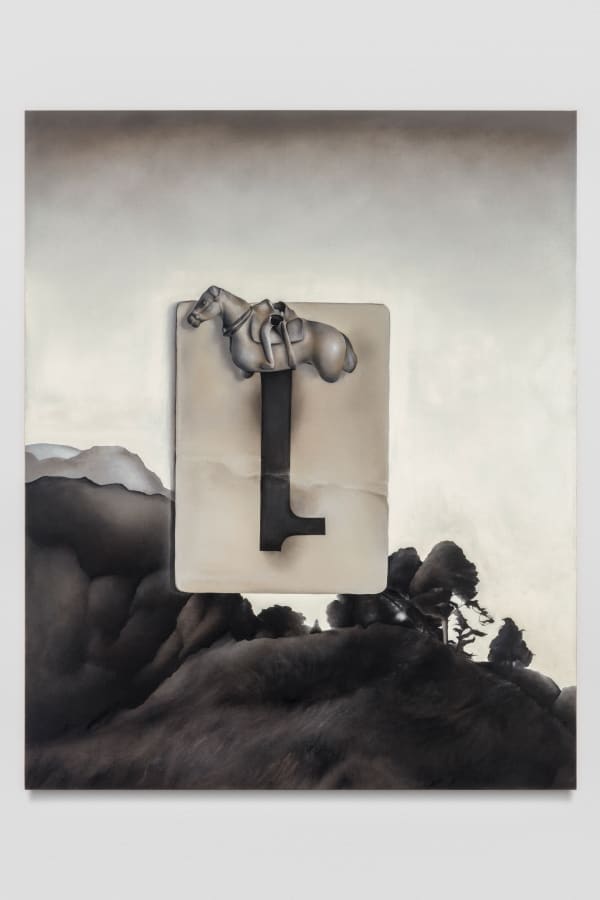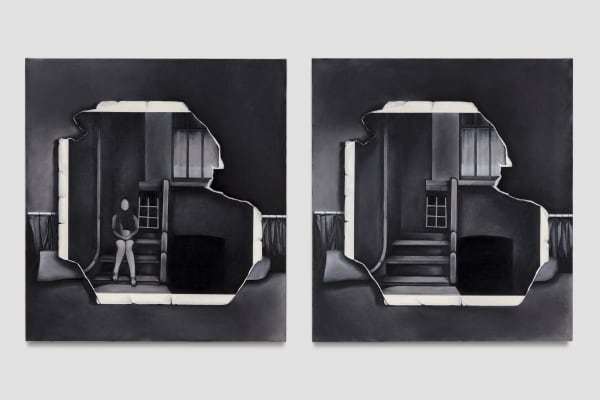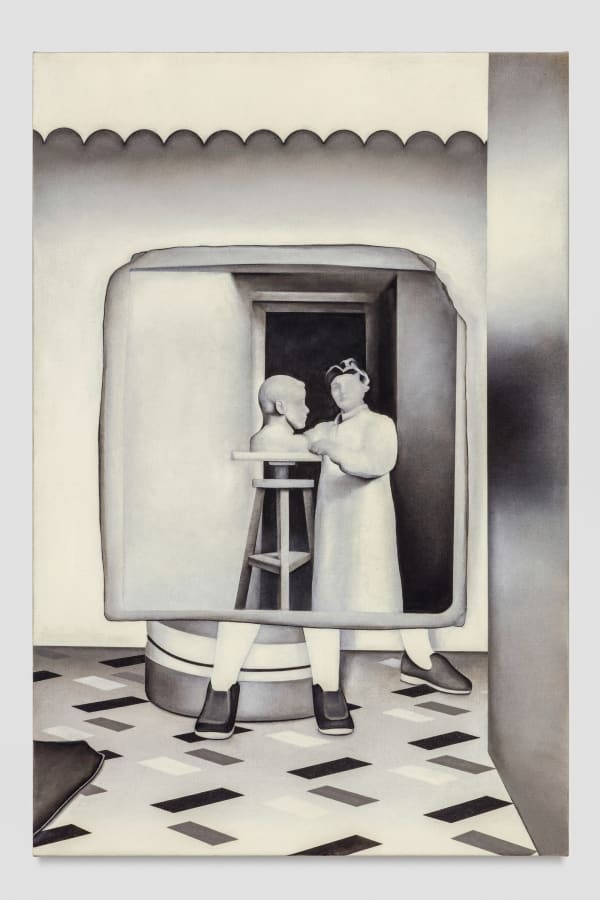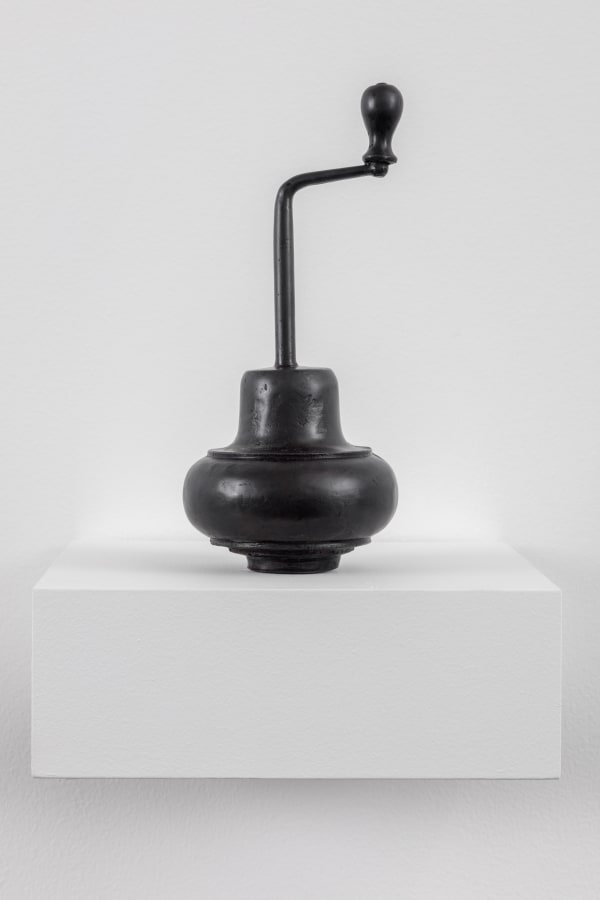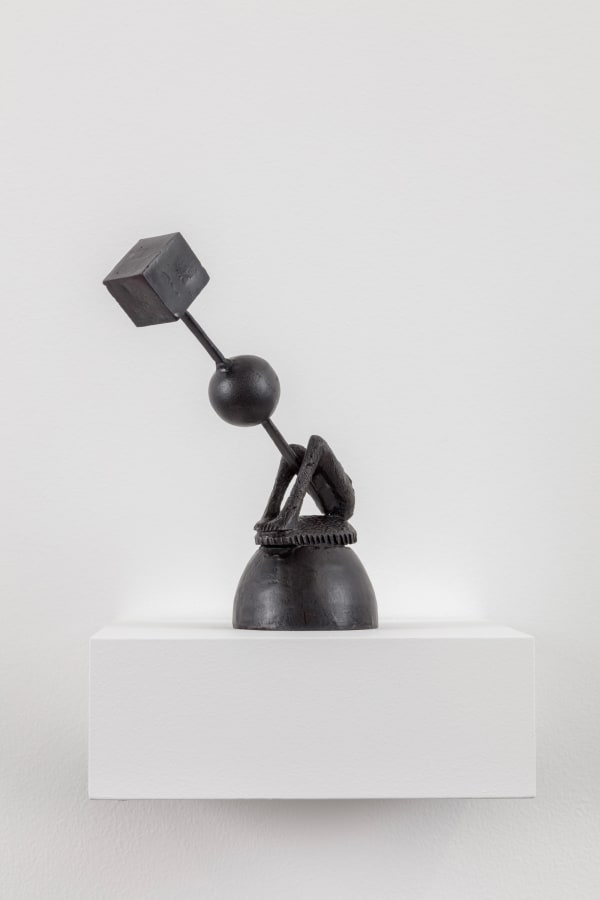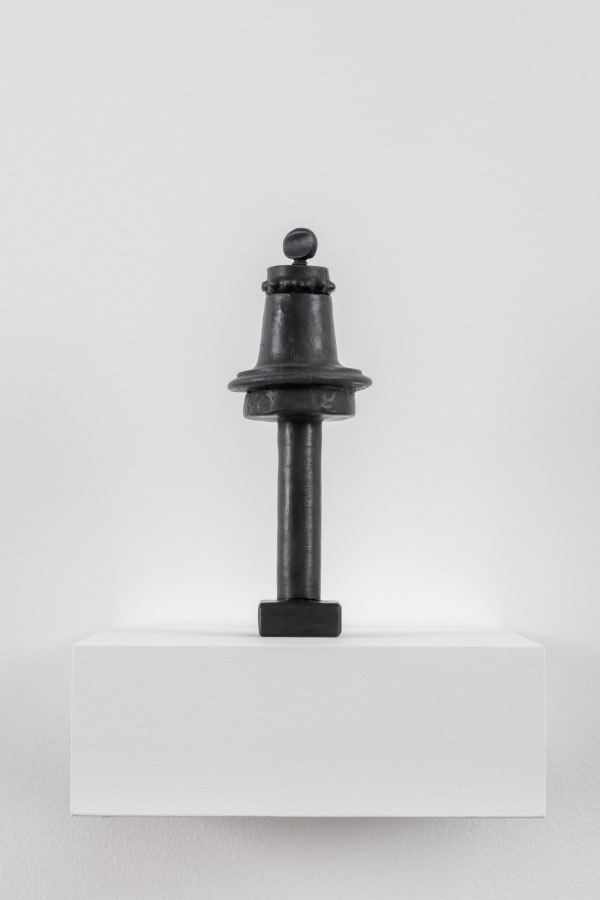Dene Leigh: Ephemeral
London based artist Dene Leigh’s paintings and sculptures have shifted in subtle yet determined ways over the last few years. Through both formal and conceptual changes, the body of work included in this exhibition, Ephemeral, represents the artist’s evolved approach to his long-term subject matter, the neurological condition of his grandfather—known as agnosia—following a stroke. Leigh’s continued engagement with the structures and qualities of memory offers what appears to be a myopic focus on a simple subject. This body of work was also made in response to the sudden loss of both the artist’s mother and grandfather and has distinct connections to mortality and vulnerability. However, at the core of Ephemeral is the study of memory, a subject that when engaged across disciplines—philosophy, science, medicine, and history, among others—continues to elicit many complex questions.
Over the course of his practice, the artist’s work can be parsed directly into two categories, painting and sculpture, an increasingly rare statement in contemporary art. Leigh’s paintings—which are certainly the heart of his work—have changed in ways that point to a deepening commitment to his subject matter and a more resolute approach to form since Agnosia, his last solo exhibition at Baert Gallery in 2016. Previous work was marked by the juxtaposition of bold segments of color and large areas of black and white within loosely connected realistic motifs that circled one another. Leigh’s was an expansive palette and visual plane with a bent towards an open narrative. In contrast the group of paintings on view in this exhibition such as, A Boy With His Rocking Horse, 2017 present a legible narrative. The boy depicted in the center of the painting, standing ready to straddle the play horse, is rendered in a rich photorealistic gradient of grays, lights, and shadows, representing a concrete moment in time. However, the boy’s face is nothing but a blur with a few barely noticeable features, as though he stands in a dense fog. These paintings also have a personal edge for the artist as some of them include representations of his recently lost family members, who are now bound to live only in his and others’ memories.
All of the sculptures in Ephemeral are bronze casts of found object assemblages. Past sculptures, like the artist’s paintings, were unsolidified assemblages without the permanent and flattening encasement of bronze. Untitled Object 2, 2017 is an antique hand crank grinder of sorts, and deliberately signifies nothing else. However, the gesture of casting the object in bronze—perhaps the most recognizable and authority radiating artistic media—lends the object an expressly psychological weight. Objects already take on emotional meaning in the lives of many people, but for someone who cannot see or recall faces, the recognition of an object offers something to hold onto, a tether point within the at times crisp uncertainty.
Leigh understands that memory is not perfect, but that most of us, at one time or another in our lives can remember events from the past more or less as they happened: most can remember faces, buildings, and landmarks with ease. For those who suffer from neurological conditions and diseases, memory is at best unreliable. Embracing the knowledge that you will no longer recognize your loved ones or see the world as it used to appear in the mind’s eye is incomprehensible for most: the works presented here address this painful condition head on with deftness and keen attention to material. Through the artist’s presentation we are also confronted with representations of a grieving process that is bound up in a fleeting attempt to hold onto that which is gone.
Memory is not a matter of simply recalling a situation or conversely not recalling it though, and for those who struggle with remembering, the mind deceives and edits imperceptibly. Remembering is utterly grey and people are deeply suggestible to others’ additions or omissions to the past. This subtlety is where Leigh has moved in the last years, a compositional move that mirrors the progression of his grandfather’s agnosia, and the artist’s thoughtful approach to it. Leigh has pushed the metaphoric quality of his work to a new limit that challenges one to look at one’s recollections and understanding of memory anew.
A. Will Brown, July 2018.
-
 Dene LeighUntitled, 2017Oil on linen
Dene LeighUntitled, 2017Oil on linen -
 Dene LeighEvanesce, 2017Oil on linen
Dene LeighEvanesce, 2017Oil on linen -
 Dene LeighIn The Midst, 2018Oil on linen
Dene LeighIn The Midst, 2018Oil on linen -
 Dene LeighA Boy With His Rocking Horse, 2017Oil on linen
Dene LeighA Boy With His Rocking Horse, 2017Oil on linen -
 Dene LeighNow You See Me, Now You Don't, 2017Oil on linen
Dene LeighNow You See Me, Now You Don't, 2017Oil on linen -
 Dene LeighDefaced, 2017Oil on linen
Dene LeighDefaced, 2017Oil on linen -
 Dene LeighSeated Figures and Objects, 2017Oil on linen
Dene LeighSeated Figures and Objects, 2017Oil on linen -
 Dene LeighUntitled Object 1, 2017Bronze
Dene LeighUntitled Object 1, 2017Bronze -
 Dene LeighUntitled Object 2, 2017Bronze
Dene LeighUntitled Object 2, 2017Bronze -
 Dene LeighUntitled Object 3, 2017Bronze
Dene LeighUntitled Object 3, 2017Bronze -
 Dene LeighUntitled Object 4, 2017Bronze
Dene LeighUntitled Object 4, 2017Bronze -
 Dene LeighUntitled Object 5, 2018Bronze
Dene LeighUntitled Object 5, 2018Bronze

